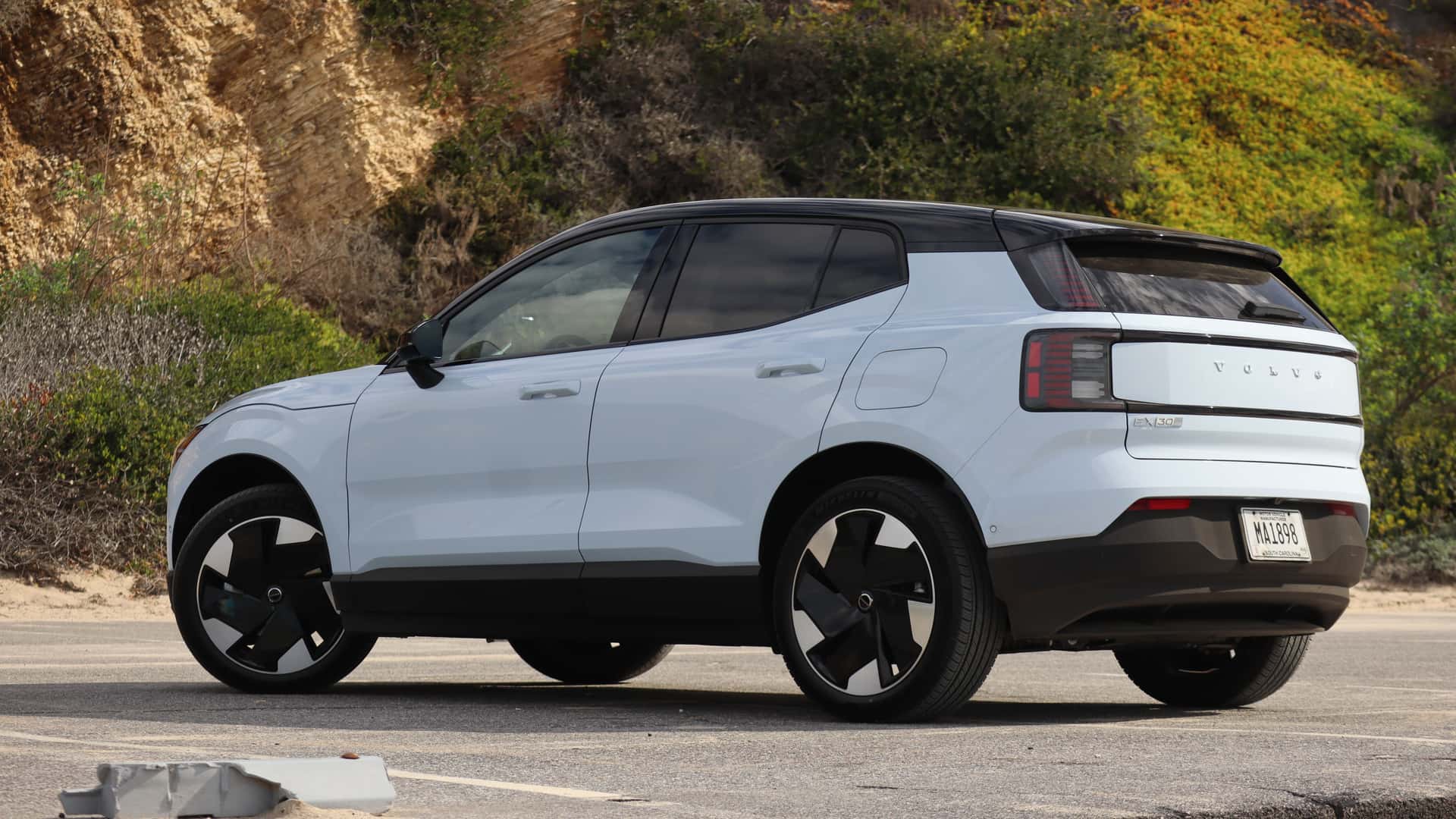
"Car manufacturers are quickly learning that a software-defined vehicle is not an easy thing to, well, define. It's a whole new world for auto manufacturers who once just had to worry about suspension design, engines or other oily bits, but now find themselves in the wonderful world of matching computer hardware specs with UX and UI design. It hasn't always gone all that well. Just ask Volvo."
"The EX30 and EX90 debuted with a ground-up new infotainment software based on the Android Automotive architecture. Reception has been somewhat mixed, to say the least. Both our own editor-in-chief, Patrick George, and the editor-in-chief of our sister site, Motor 1, Jeff Perez, had a lot of gripes with Volvo's interface. Yet, when I found myself in Santa Monica getting some seat time with Volvo's 2026 model-year lineup, I didn't experience the same issues."
Car manufacturers face a major transition from traditional mechanical engineering to integrating computer hardware with UX and UI to create software-defined vehicles. Volvo launched the EX30 and EX90 with a ground-up infotainment system built on Android Automotive and encountered mixed reception. Early complaints focused on intrusive driver-awareness prompts and issues with speed-limit recognition. Hands-on driving in Santa Monica showed the EX30 units operating smoothly and agreeably in practical use. Volvo leadership attributes improvements to listening to feedback and iterating on notification and driver-awareness behaviors to reduce nagging while maintaining safety. Global user preferences add complexity to creating universally pleasing interfaces.
Read at insideevs.com
Unable to calculate read time
Collection
[
|
...
]